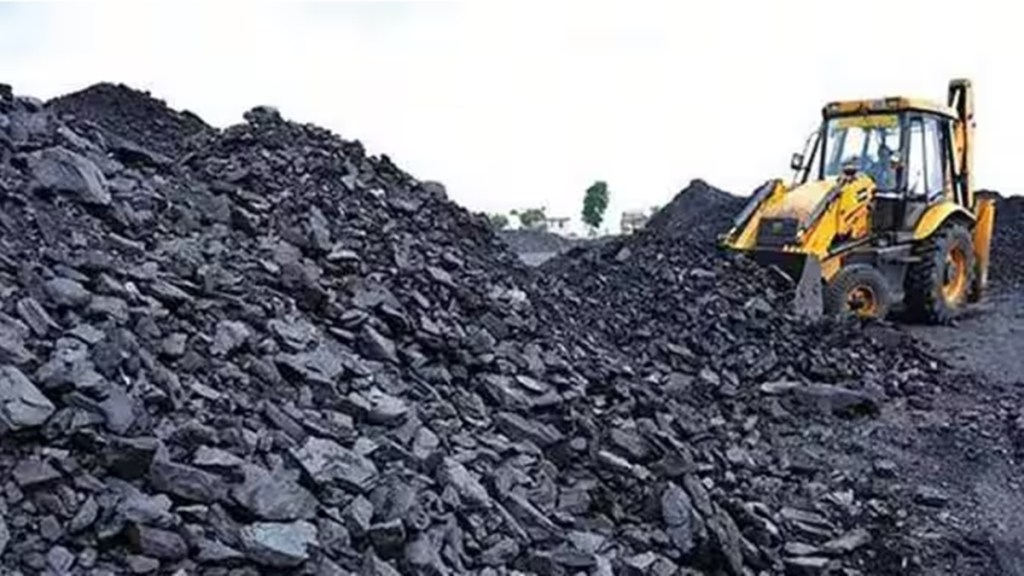The government must be lauded for being realistic about a lurking power crisis and acting preemptively. Indications are that the country’s electricity demand would seriously overshoot the supplies in the medium-term, as the manufacturing sector shows its mettle and per capita power consumption rises faster. This raises the spectre of prolonged outages during peak hours in the scorching summers over the next few years, and the whole economy being held to ransom with all-round cost spirals, and production halts. So, a contingency plan is under way to add another 30 giga watt (GW) to the nearly 50 GW of coal-based capacity that is already in the works.
It is also clear now that no retirement or re-purposing of coal-based power stations will be done before 2030. All this could alter the road map under the National Electricity Plan (NEP) 2022-32. While NEP envisages coal-based capacity to increase from 212 GW now to 260 GW by 2032, the pace of addition could now be sharper. Consequently, the peaking of such capacity may get delayed, with a bearing on India’s pledge to become carbon-neutral by 2070. In recent years, the country has made strides in the renewable energy (RE) field. The aim is to raise RE capacity from 172 GW now to 596 GW by FY32. However, by all counts, the share of non-fossil fuels in the generation mix will likely turn out to be much lower than 50% projected for FY30-end (it is just 13% now, and RE’s ability to meet peak demand is even much less).
With Coal India ramping up output and the facility to sell surplus captive coal in the open market, domestic supply of the fuel has risen at a faster rate in recent years. Union power minister R K Singh has done the best he could by introducing payment discipline in the long-troubled electricity supply chain, by being tough on errant discoms. This has helped improve the viability of coal-based power and created conditions for fresh investments. However, exogenous cost factors have reduced the scope for gas-based units, leading to their virtual negation in the NEP. So coal-based power which accounts for three-fourths of the power supplies now, would still have a share of over 60% even a decade from now.
The renewed focus on coal is sensible policy, as energy security must take precedence over other concerns. The transition period to an era where green energy will supplant fossil-fuels and acquire dominance, however, should be as short as possible. Mindful of this, the government is not only incentivising investments in solar and wind capacities, but also giving due importance to reducing RE storage costs and addressing the issues of grid connectivity, and the intermittent nature of such energy. Market-friendly policies such as open access and waiver of cross-subsidy surcharges for RE are being rolled out. India is also one of the early movers on Green Hydrogen, and plans are afoot to make the country a global hub of the benign fuel. The RE policy paradigm would, however, have to be reinforced with viable technology-sensitive models of debt funding and crowd financing, and steps to apportion risk among all stakeholders, including the central and state governments. Ensuring adequate investments in transmission and distribution (T&D) segments must be a vital part of the plan to avert the looming power crisis, given that T&D losses in India are still very high and four times China’s.


